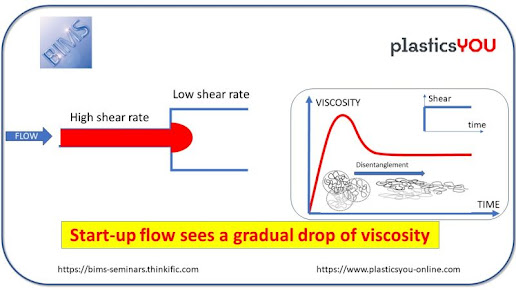Toho Tenax Incorporates Carbon Fiber & CNT for New Shock-resistant Hybrid Prepreg
Toho Tenax
has announced that it has developed a new high-tensile, highly
shock-resistant prepreg that incorporates carbon fiber developed by Toho
Tenax for aerospace applications and specialized carbon nanotubes
(CNT).
The Teijin Group is accelerating its development of its new high-tensile, highly shock-resistant prepreg for high-end applications in the sports, leisure and aircraft fields, where weight reduction and high functionality are especially critical. Teijin also is strengthening its capabilities to provide solutions for diverse global businesses, from upstream to downstream.
Since CFRP is used in fields ranging from aircraft and automobiles to infrastructure and leisure, its prescribed properties must differ widely depending on the application. To address these specific demands, Teijin is developing technology for various combinations of carbon fiber and matrix resin and for specific processing needs.
Carbon fiber sheet and matrix resin, however, tend to peel away from each other when molded CFRP products are subjected to strong impact, leading to decreased strength and tension. Technologies have been pursued to better integrate carbon fiber and CNT, but until now the cohesiveness of CNT elements had prevented them from dispersing equally in the matrix resin, resulting in prepregs of unstable quality.
Source: Teijin
Intermediate Material for Carbon Fiber Reinforced Plastics
 |
- A prepreg is a carbon fiber sheet pre-impregnated with matrix resin and used as an intermediate material for carbon fiber reinforced plastics (CFRP).
- Toho Tenax’s new hybrid prepreg has been adopted by Mizuno Corporation in a new golf club shaft that weighs nearly 30% less than conventional shafts of the same thickness.
- The high-tensile prepreg enables the shaft to bend suitably as the ball is impacted and then cuts the shock of impact by more than 10% to reduce club movement on the follow-through swing.
- The surface of the CNT is specially treated and its structural elements disperse equally when Toho Tenax’s carbon fiber is impregnated with matrix resin containing the CNT.
- The hybrid combination of carbon fiber and CNT realizes a superior CFRP that offers improved tensile strength and shock resistance.
- The CFRP also is extra durable because the carbon fiber and matrix resin do not peel away from each other thanks to the CNT’s balanced dispersion.
Solutions for Diverse Global Businesses
The Teijin Group is accelerating its development of its new high-tensile, highly shock-resistant prepreg for high-end applications in the sports, leisure and aircraft fields, where weight reduction and high functionality are especially critical. Teijin also is strengthening its capabilities to provide solutions for diverse global businesses, from upstream to downstream.
Since CFRP is used in fields ranging from aircraft and automobiles to infrastructure and leisure, its prescribed properties must differ widely depending on the application. To address these specific demands, Teijin is developing technology for various combinations of carbon fiber and matrix resin and for specific processing needs.
Carbon fiber sheet and matrix resin, however, tend to peel away from each other when molded CFRP products are subjected to strong impact, leading to decreased strength and tension. Technologies have been pursued to better integrate carbon fiber and CNT, but until now the cohesiveness of CNT elements had prevented them from dispersing equally in the matrix resin, resulting in prepregs of unstable quality.
Source: Teijin


Comments
Post a Comment